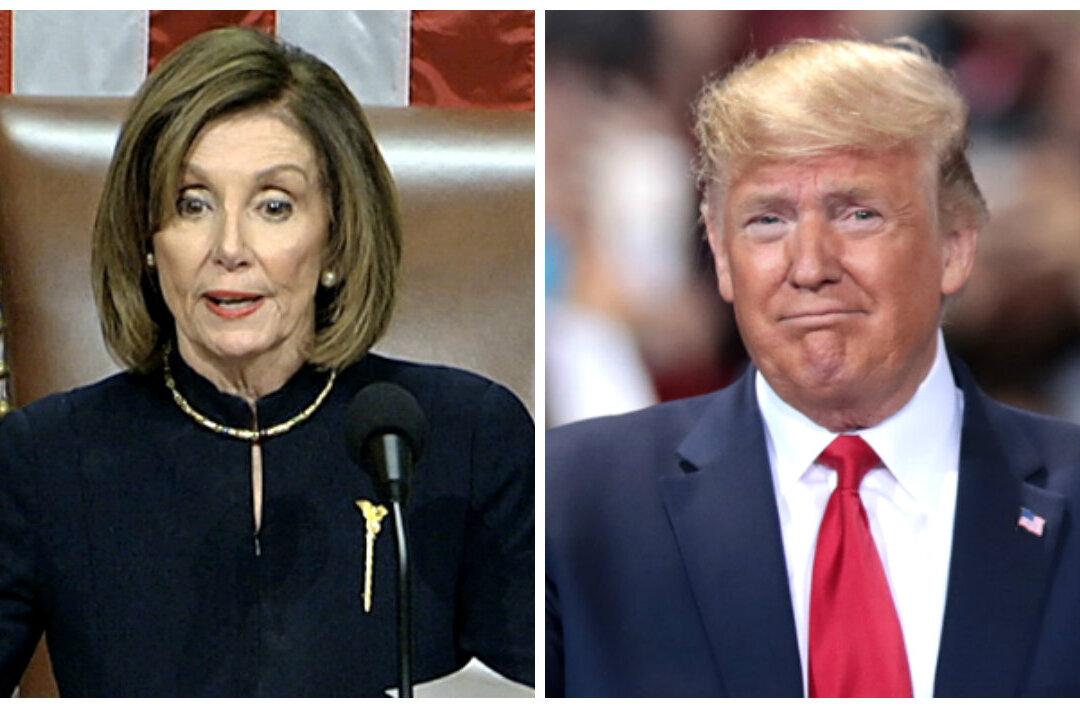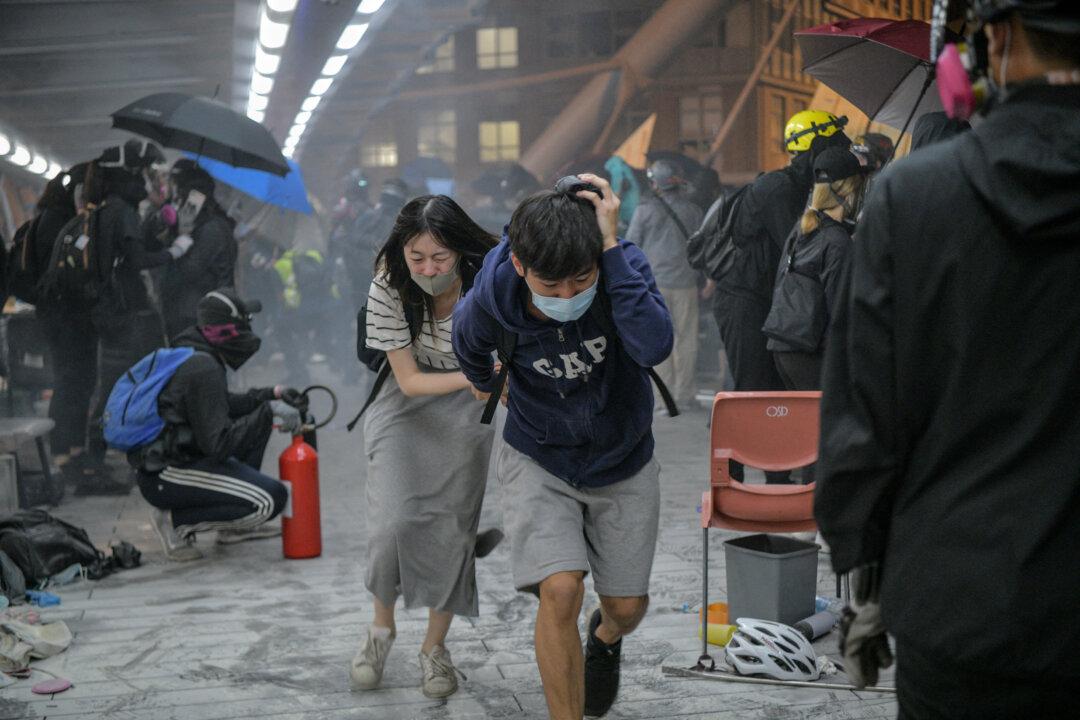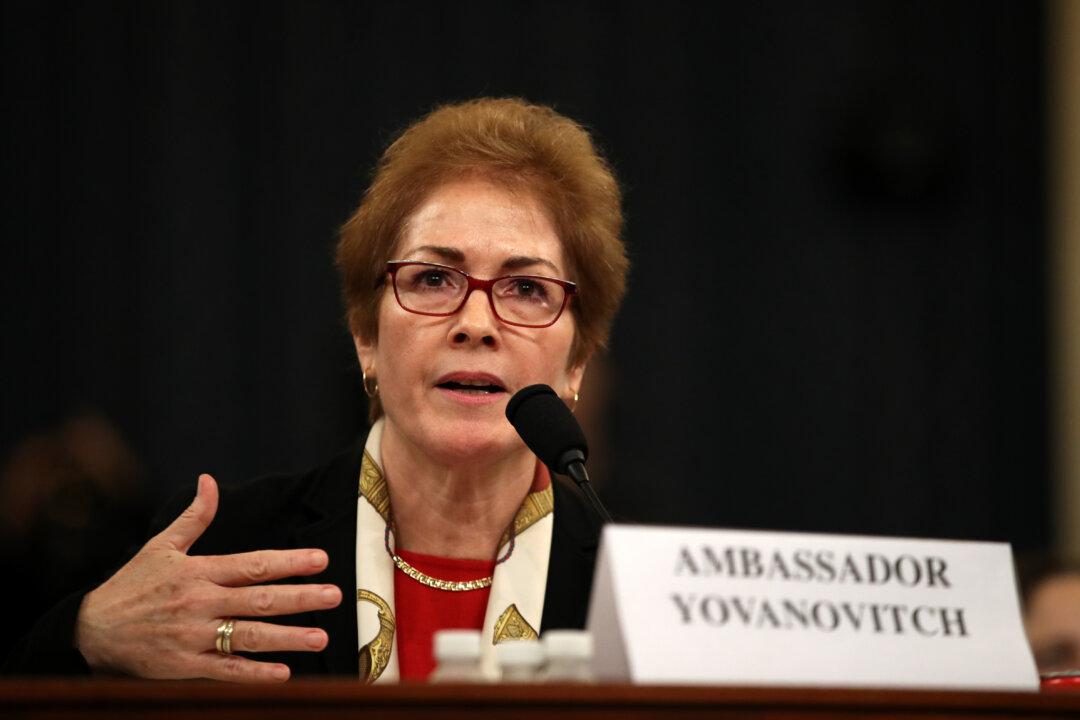WASHINGTON—Brett Kavanaugh was already sworn in as a Supreme Court justice on Oct. 6, but the White House held another swearing-in ceremony for him, with the president in attendance, after a prolonged confirmation hearing.
Addressing a packed East Room on Oct. 8, President Donald Trump introduced his nominee with an apology.




